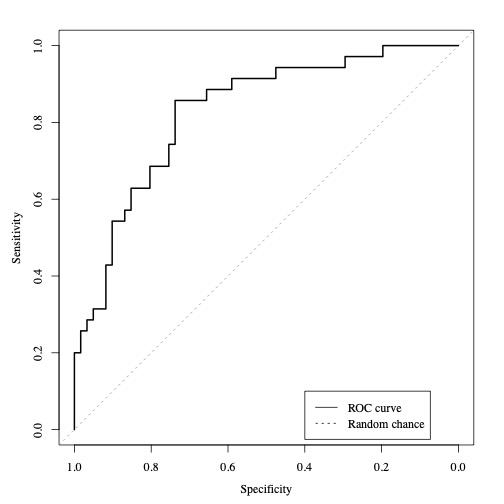Pretransplant Transcriptome Predicts 24-Month Kidney Function
1University of Maryland School of Medicine, Baltimore, MD, 2Ohio State University, Columbus, OH, 3Montefiore Medical Center, Bronx, NY, 4Universityspital Zurich, Zurich, Switzerland
Meeting: 2022 American Transplant Congress
Abstract number: 1307
Keywords: Gene expression, Kidney transplantation
Topic: Basic Science » Basic Science » 16 - Biomarkers: -omics and Systems Biology
Session Information
Session Name: Biomarkers: -omics and Systems Biology
Session Type: Poster Abstract
Date: Monday, June 6, 2022
Session Time: 7:00pm-8:00pm
 Presentation Time: 7:00pm-8:00pm
Presentation Time: 7:00pm-8:00pm
Location: Hynes Halls C & D
*Purpose: With the development of novel prognostic tools derived from omics technologies, transplant medicine is entering the era of precision medicine, however, there are no established predictive biomarkers for posttransplant kidney function. Thus far, molecular studies have been largely unsuccessful in predicting longer-term (>1 year) function, likely due to small sample sizes, short-term follow-ups, and a lack of genome-wide approaches.
*Methods: : A total of 264 deceased donor pretransplant kidney biopsies were collected and divided into the training set (n=168) and validation set (n=96). Patients were classified as low vs. high function at 24-months, with the low functioning group having an eGFR <45 mL/min/1.73m2 (avg slope = -6.50 ml/min/1.73m2/year) and the high functioning group ≥45 mL/min/1.73m2 (avg slope= 0.81 ml/min/1.73m2/year). Gene expression measurements were performed for the training set using Affymetrix GeneChip microarrays (HG-U133A 2.0). The performance of predictive genes and donor characteristics was assessed using the area under receiver operating characteristic curves (AUROC). All recipient and donor characteristics were tested for statistical significance. A predictive model using gene expression data from the training set was derived. The top candidate genes were then measured using qPCR in the independent set, and results were integrated with significant patient characteristics in a final predictive model.
*Results: While donor age, race, and BMI were found to be significantly correlated to 24-month function (p<0.05), no recipient characteristics were significant (including age, delayed graft function, rejection events, or donor-specific antibodies), demonstrating the prevailing importance of donor organ quality in predicting 24-month eGFR. The AUROC when combining qPCR data from the top 14 candidate genes (FKBP4, GYPC, HLA-DQA1, HLA-DQB1, HNRNPH3, IGHD, NUDT, RBM8A, RHOQ, STAB1, SQLE, STK24, TRADD, ZNF185) with 3 donor characteristics (age, race, BMI) was 0.829.
*Conclusions: This is the first large-cohort biomarker discovery demonstrating the potential of pretransplant transcriptomic biomarkers as novel instruments for improving outcome predictions and guiding posttransplant management. Our findings shift the focus in understanding longer-term outcomes from peri- and post-transplant factors to the donor organ itself.
To cite this abstract in AMA style:
Bardhi E, Archer K, Maluf D, McDaniels J, Rousselle T, Akalin E, Mueller T, Mas V. Pretransplant Transcriptome Predicts 24-Month Kidney Function [abstract]. Am J Transplant. 2022; 22 (suppl 3). https://atcmeetingabstracts.com/abstract/pretransplant-transcriptome-predicts-24-month-kidney-function/. Accessed July 18, 2025.« Back to 2022 American Transplant Congress

